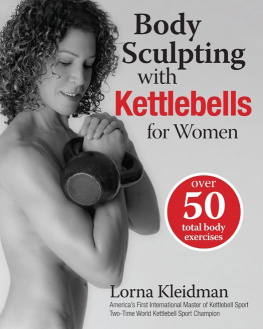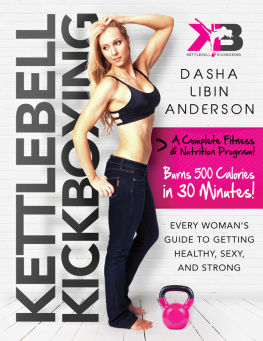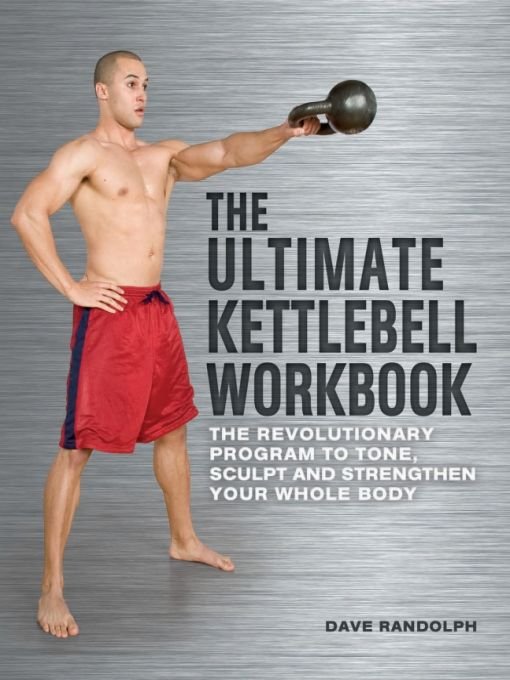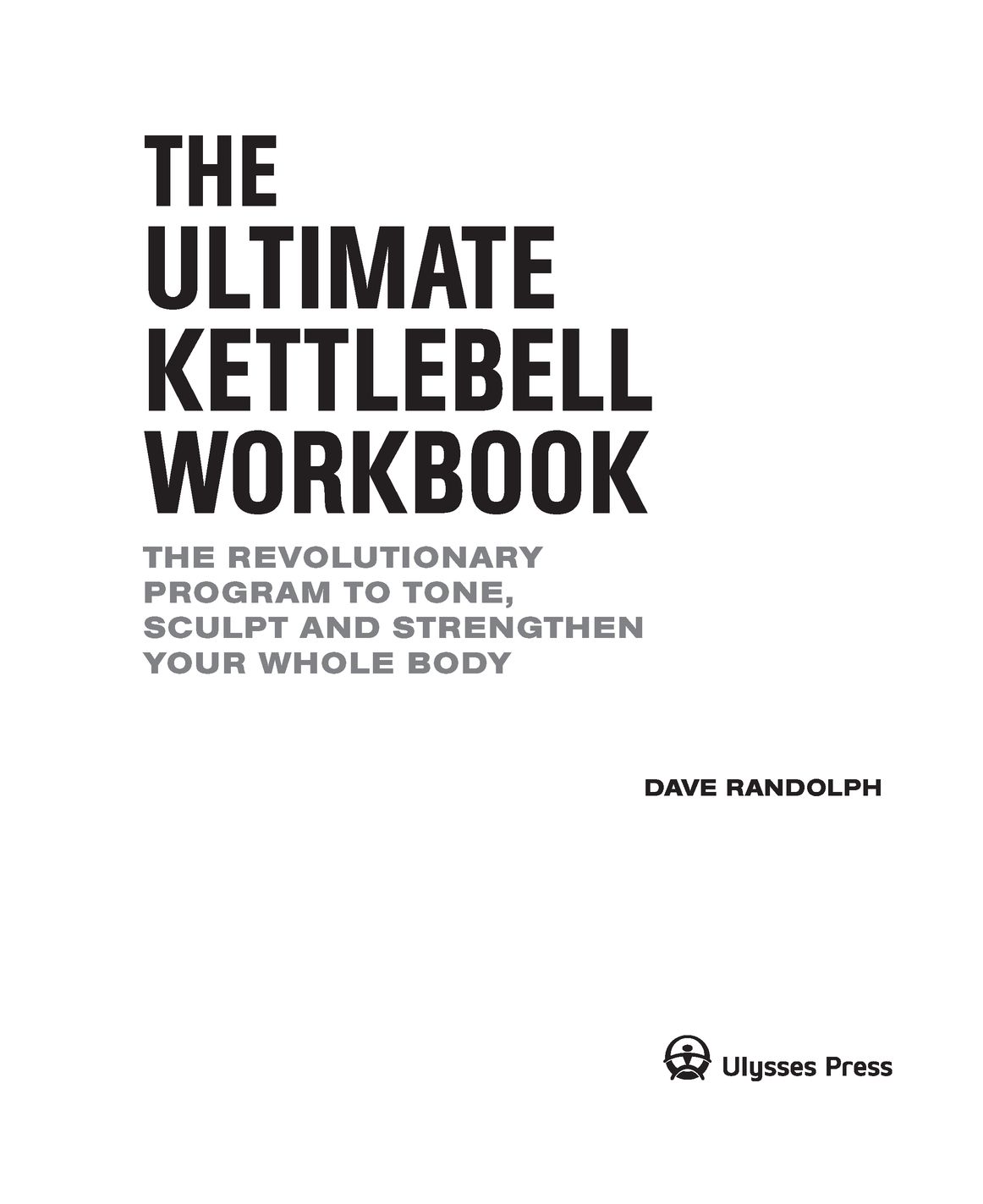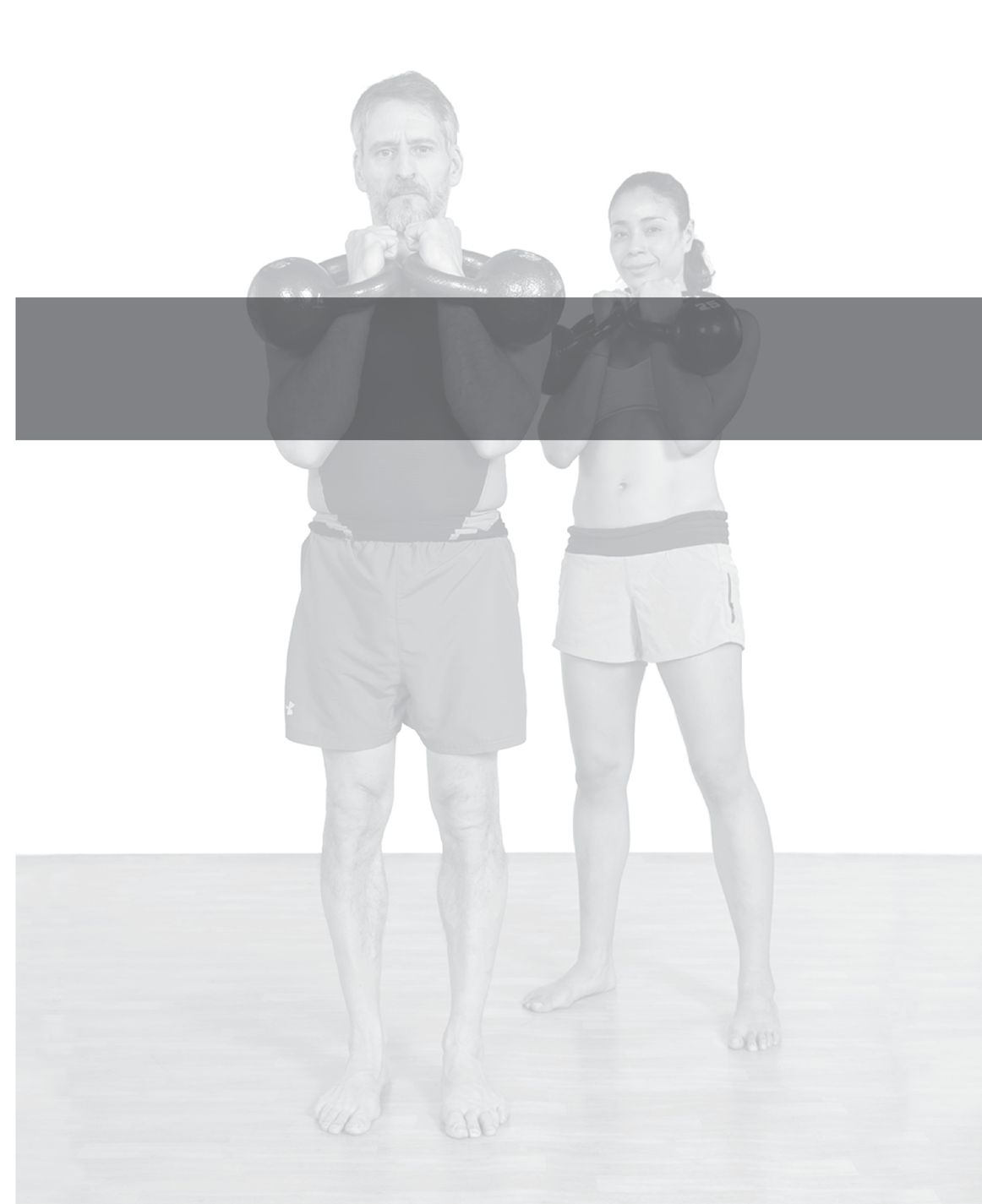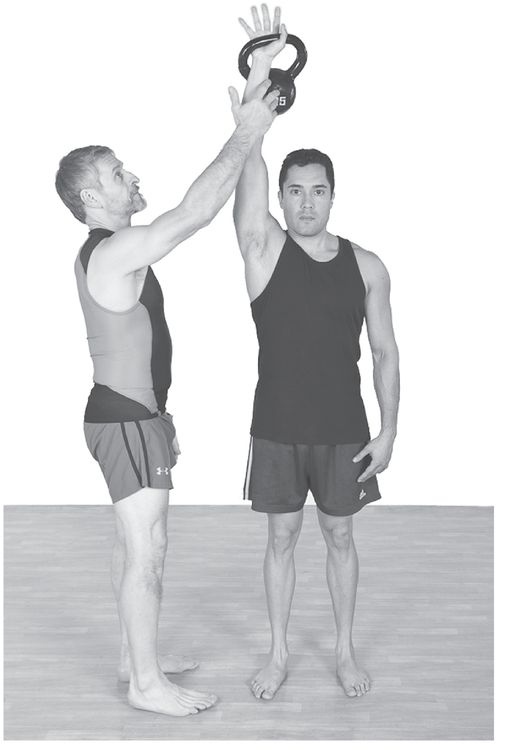Table of Contents
PART 1
GETTING STARTED
Introduction
Are you stuck in an exercise rut, spending hours at the gym, bored to tears on the treadmill? Tired of waiting in line for a machine or trying to use the squat rack while someone is playing around in it doing 30-pound barbell curls? Have you been doing the same routine for months or years on end and have stopped seeing any progress? Or maybe youre just looking to introduce a new tool into your fitness arsenal?
If youve answered yes to any of these questions, then welcome to The Ultimate Kettlebell Workbook. Youre about to enter the fun, fast-paced world of kettlebell training for fat loss, general fitness, flexibility and mobility, as well as sports performance and enhancement.
Since I started training with kettlebells in 2002, Ive seen big differences in my own bodys composition as well as those of my clients: less fat and more muscle. In addition, improved hand and foot speed, reaction time, conditioning, strength and power have made everyday tasks like yard work and climbing stairs much easier. When shoveling snow after a blizzard, one 50-year-old client realized that his conditioning was better than it was when he was 30. Clients who participate in equestrian events have found that they ride much better than before they started kettlebell training. Avid tennis players report improved performance in foot, hand and reaction speed as well as the ability to hit the ball harder and more accurately.
This book will teach you how to use kettlebells safely and effectively to transform your current fitness regimen into a dynamic, high-intensity workout that will help you get the body you want with less time in the gym (which means more time for other things). Youll learn the proper way to do the primary lifts and variations, as well as how to add them into your current workout or use them to replace your current workout completely.
No matter what your fitness goals are, kettlebell training will make you stronger, improve your endurance and enhance your core strength.
Author Dave Randolph makes some adjustments.
History of Kettlebells
Kettlebells, which are Russian in origin (called girya), are believed to have been around since the early 1700s. They were originally used as a measure of weight called a pood (about 16 kilograms, or 35 pounds). A farmer would bring in his crop, which would then be put on a scale and weighed against the girya. Eventually, perhaps sometime in the mid-1800s, someone started tossing girya around and decided it would make a great exercise tool.
Many photographs from the late 1800s and early 1900s feature old-time strong men wielding kettlebells of various sizes and shapes. In fact, kettlebells were used quite a bit back in the days before bodybuilding came into vogue. In those days, men lifted weights to get stronger and gain a lean, athletic physique, like that of a Greek or Roman statue. They didnt want big bulky muscles and a V-taperthey knew that shape was not functionally strong. In addition, big muscles require more food and energy to maintain and also make it harder to move. By working on pure strength and power, the weight lifters of that time became strong and lean, with a thick, solid core. They were proportional and had tremendous strength that they used in everyday life.
When bodybuilding became popular in the 1940s, people tended toward big chests and biceps and began neglecting the back of their body. They wanted to look strong but neglected the muscles that actually make you strong, training the muscles that can be seen in a mirror instead of those in the rear.
Things got even worse in the late 1960s with the Rise of the Machines (sorry, Ahnuld). Machines forced gym goers to work muscles in relative isolation, relative because you cant isolate one muscle and make it work without having others work as well. Gym owners of the machine age also discovered they could crank a lot of people through a gym in a minimal amount of time with minimal supervision and training. They no longer needed to hire a bunch of trainers, nor had to spend more than one session teaching clients how to use the machines.
So people got weaker, got more injuries (machines force you to move in unnatural ways) and also didnt get the results they thought they should have. Treadmills, ellipticals and other cardio machines were added because people werent increasing their heart rates.
In the 1970s, jogging became, and still is, a very popular way to get in shape, but it too led to more injuries, especially of the ankles, knees, hips and lower back. These injuries were, and are, caused by poor shoes, poor running technique, running on asphalt and concrete, and, in general, running too much. Joggers lost weight but mostly burned muscle, so while they looked thin and fit, in reality they were skinny fatthin but with a high percentage of body fat (mid- to upper 20s or higher). Research from the last ten years or so, including a study done by Elliott, Wagner and Chiu, have shown that long, slow-distance running or steady-state exercise tends to use muscle as fuel instead of fat; since muscle is burned, fat is stored.
In the last 10 to 15 years, old school training methods have seen a resurgence. These methods involve full-body functional movements that simultaneously build strength and improve cardiovascular function. Basically, they strive to build good, solid, functional muscle and spend less time doing cardio. Kettlebells are the perfect tool for this. Properly done, all kettlebell exercises involve the core directly. They teach you to use the legs and hips for power development, and improve the strength of connective tissue (ligaments and tendons) as well as muscles. In fact, the kettlebells offset weight strengthens your body from the inside out, increasing bone density, ligament strength and pliability, tendon strength and muscle density. Kettlebells help improve blood flow to the ligaments, which normally get very little (thats why it takes so long to heal a ligament injury like an ankle sprain), and creates a body that is much more resistant to strains, pulls and tears, unlike isolation weight lifting.
KETTLEBELLS AS SPORT
Among kettlebell users are a group who lift for sport. In the U.S., the sport is known as GS, which stands for Girevoy Sport (girevoy is Russian for weight lifting). Others refer to it as kettlebell sport or KB sport. Although its certainly not as popular as soccer or tennis, GS is fairly well-known in Europe and the countries of the former Soviet Union. In the U.S., the sport is slowly gaining recognition and competitions are held all over the country.
There are several categories in GS, the most well-known being the biathlon, which consists of two lifts: the double jerk and the one-arm snatch. The jerk is done first: Competitors jerk two bells from rack to overhead for ten minutes or until the bells lower from rack position, whichever comes first. Since you cant set the bells down, you can rest in the rack position or overhead. Resting in the rack position is brutal: Your chest is loaded with anywhere from 32 kilos (or 70 pounds, the weight of a pair of 16k bells) to 64 kilos (or about 140 pounds, the weight of a pair of 32k bells), depending on your level in the sport. After a minimum 30 minutes of rest, the competitor then competes in the snatch. The snatch portion is also ten minutes long. Competitors are only allowed to switch hands once and cannot set the bell down, therefore they try to go five minutes per hand. The only rest you can get is overhead, which builds very strong traps and deltoids as well as lots of stamina.


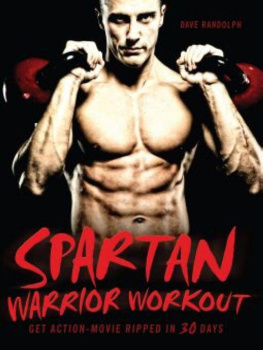
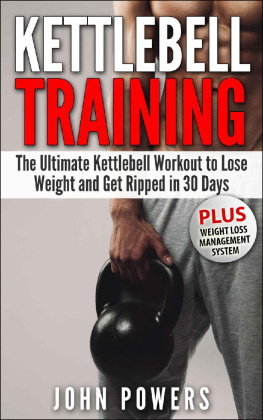
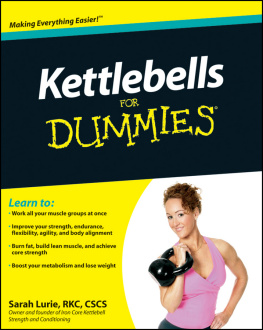
![Cotter - Kettlebell training: [95 exercises for strength, toning, stamina, and weight loss]](/uploads/posts/book/196732/thumbs/cotter-kettlebell-training-95-exercises-for.jpg)
